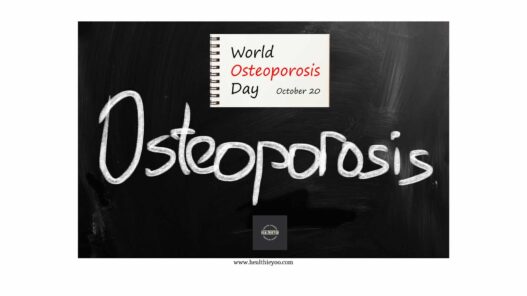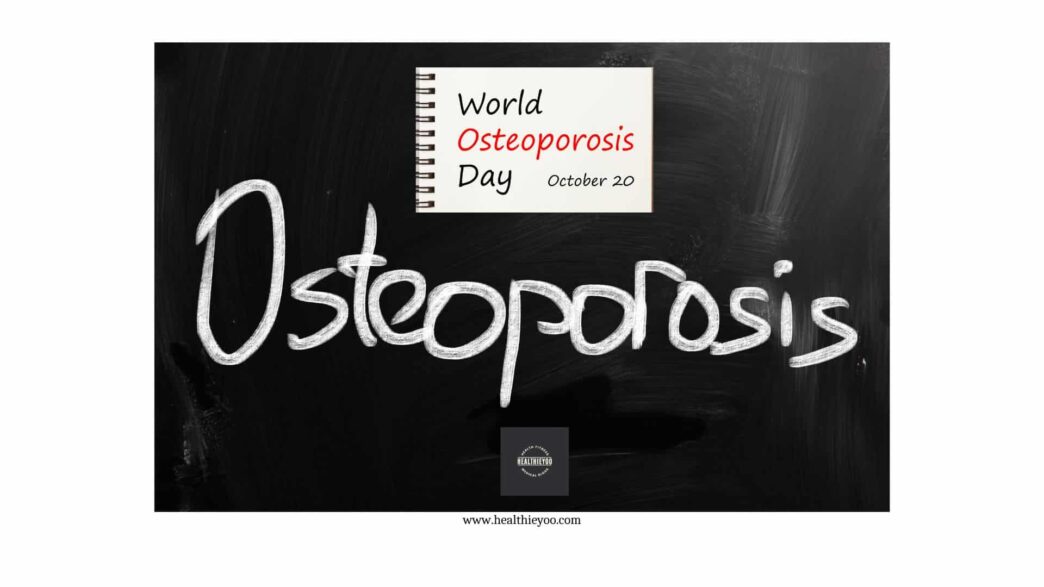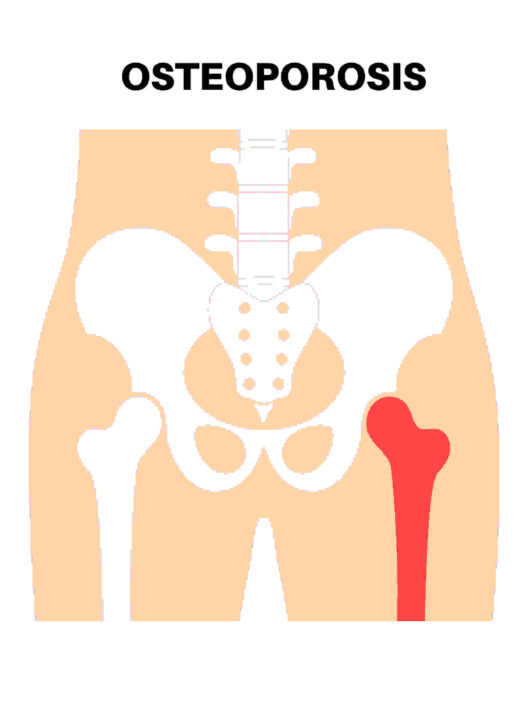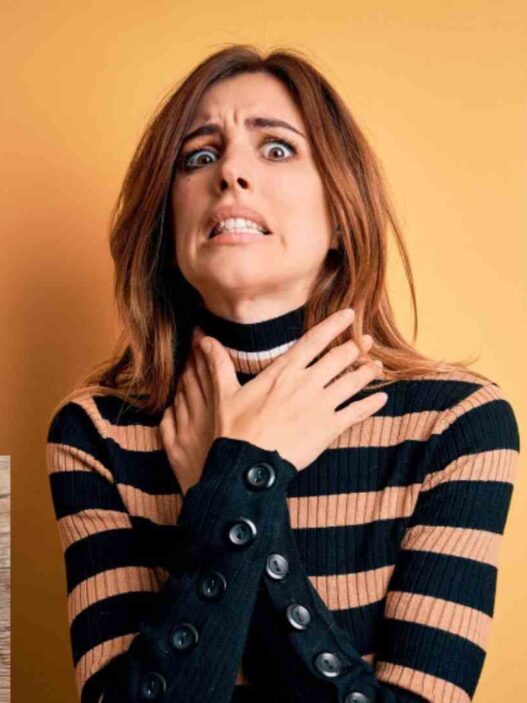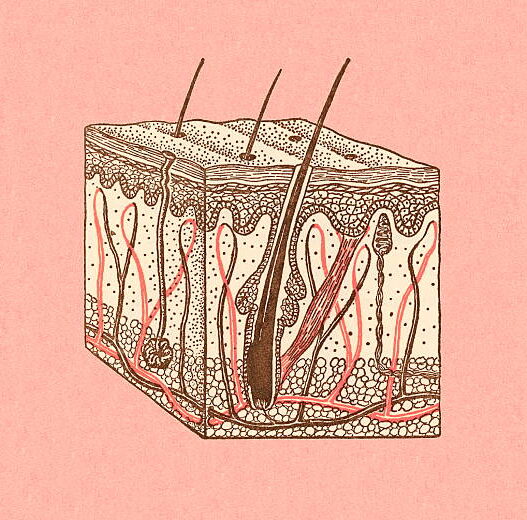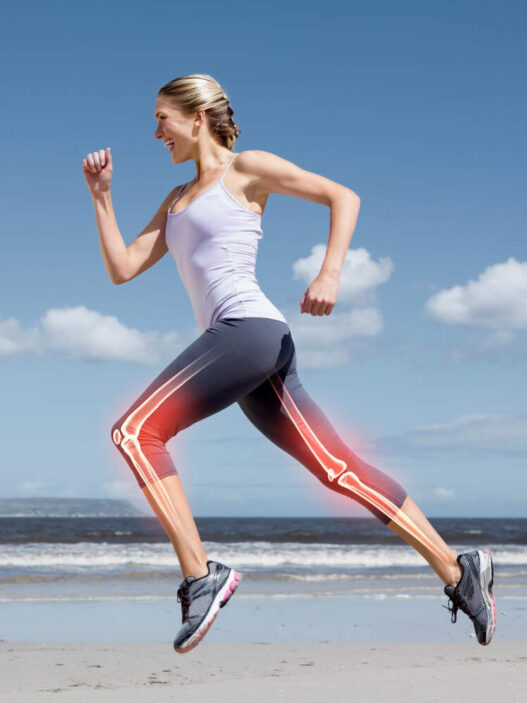Understanding osteoporosis
It is estimated that over 3 million people in the UK suffer from osteoporosis, with more than 500,000 people receiving hospital treatment every year for fragility fractures (bones that break after falling from standing height or less) as a result of osteoporosis. Often known as the “silent disease”, it goes largely undetected until after a patient has suffered a fragility fracture.
Understanding osteoporosis is something all menopausal women need to be aware of! This is a disease that affects more women than men: about 1 in 2 women and 1 in 5 men over the age of 50 will break a bone because of osteoporosis and whilst you can’t prevent it you can take measures to slow down its progression. Understanding your risk of osteoporosis is therefore key.
What is osteoporosis? What is my risk of developing osteoporosis?
Our bone health naturally deteriorates as we get older. It is living tissue and cells are replenishing all the time, but this process slows down as we get older. Osteoporosis is a condition where bones lose their strength, i.e. they have a low bone mineral density, making them more susceptible to a break.
The most common fractures occur in the wrist, hip, and spine, but other bones can also break, and sometimes even a cough or a sneeze can cause a broken rib. A broken bone is often the first sign of the disease although some older people may start to develop a stooped posture.
Fractures are more common in women, particularly those who have gone through menopause before the age of 45 or have had their ovaries removed. This is because estrogen helps maintain bone density. When your levels of estrogen and other hormones drop sharply due to menopause, this can lead to bone loss and, over time, low bone density.
In addition, a family history of having osteoporosis as well as certain medications, medical conditions, and lifestyle factors may increase your risk of developing weaker bones.
Osteoporosis vs Osteopenia, How to diagnose?
The stage before osteoporosis is known as osteopenia. Osteopenia is when a bone density scan shows you have a lower bone density than would be expected for others the same age, but it is not low enough to be classed as osteoporosis.
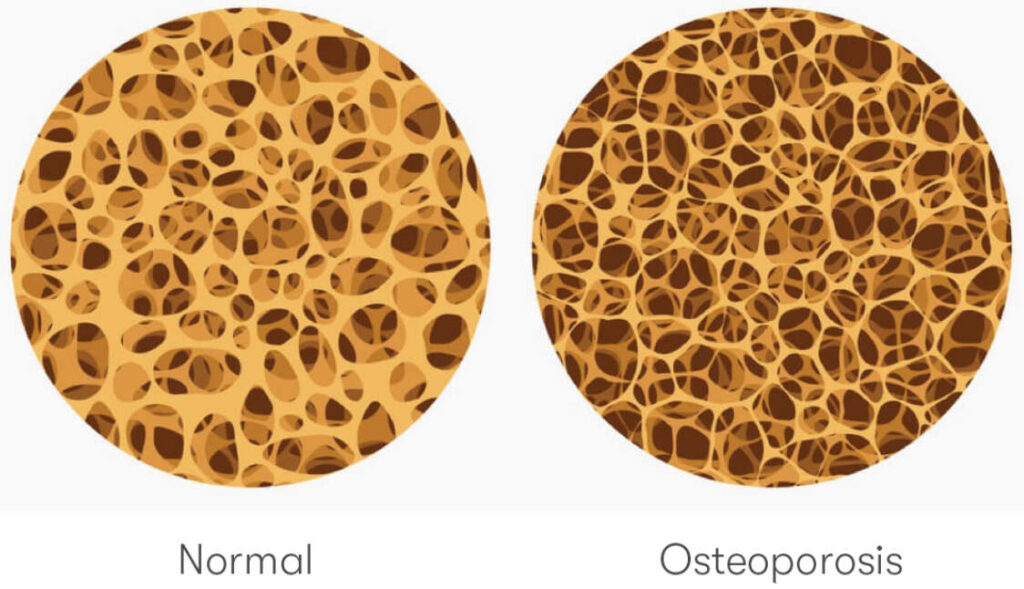
Osteoporosis is usually diagnosed based on a bone density scan which is a special kind of X-ray known as a DXA scan. These DXA scans measure bone mineral density at your spine and hip.
Doctors use this risk factor, along with all your other risk factors, to help understand your risk of having a broken bone in the future.
A DXA scan only measures the bone quantity and not bone quality, so on its own, it cannot identify everyone who might be at risk of breaking a bone which is why it cannot be used as a screening tool.
Furthermore, a DXA scan is not usually taken unless osteoporosis is suspected. This might be due to multiple (over a short period) or unexplained fractures.
How might you be affected and what can you do to reduce your risk of osteoporosis?
Sufferers may experience back and/or joint pain, decreased height, and frequent unexplained fractures. Following diagnosis, treatment might include medication, calcium, and vitamin D supplements as well as lifestyle changes as you will want to minimize your future risk of developing further fractures.
If you are suffering from fractures, you may also need specific treatment for any associated pain as your bones heal.
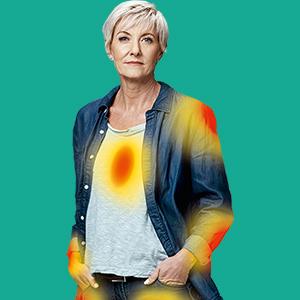
As we have already explained, many different factors can put you at greater risk of developing osteopenia or osteoporosis. Some of these you can control and others you can’t. It is thus important understanding osteoporosis and its risk factors that you can control. You can control lifestyle factors such as exercise, nutrition, and supplements. Whether you are osteopenic or not, it is important to take your bone health seriously.
It is recommended that you take regular weight-bearing exercises such as brisk walking, running, dancing, and racket sports. For it to be most effective, you need to also be doing muscle-strengthening exercises as your muscles support your bones.
Whilst Calcium and Vitamin D are well known to be important for your bones, it is also important that you have a healthy, balanced, and varied diet to ensure you are getting a broad range of vitamins and minerals which are all necessary for bone health.
Eating plenty of dairy products as well as leafy green vegetables, nuts, seeds, oily fish, and legumes will all support your bone health. In addition, many products in the UK are fortified with calcium and Vitamin D.
Vitamin D is also known as the sunshine vitamin as it can be generated by exposing the skin to sunlight, however, it is not recommended to expose yourself to more than 20 minutes of direct sunlight without sunscreen. In addition, the intensity of the sunlight in the UK during the winter months is insufficient to give us the amount of vitamin D we need. Therefore, it may be necessary to supplement with vitamin D.
Disclaimer – This article is written by people who are not medically trained, if you have any concerns about your bone health, it is important to discuss this with your GP.
More information can be found online, including –
Sources
NHS – https://www.nhs.uk/conditions/osteoporosis/
The Royal Osteoporosis Society – https://theros.org.uk
International Osteoporosis Foundation – https://www.osteoporosis.foundation
Age UK – https://www.ageuk.org.uk/information-advice/health wellbeing/conditionsillnesses/osteoporosis/

Christpoher Brain is the Commercial Manager of Osteolabs UK Ltd in the UK. He has a degree in Medical Genetics and an MSc in Molecular medicine, as well as a number of years commercial experience in pharmaceutical Sales and Business Development roles. He is passionate about bringing innovative new products to market and making a difference to the NHS.
